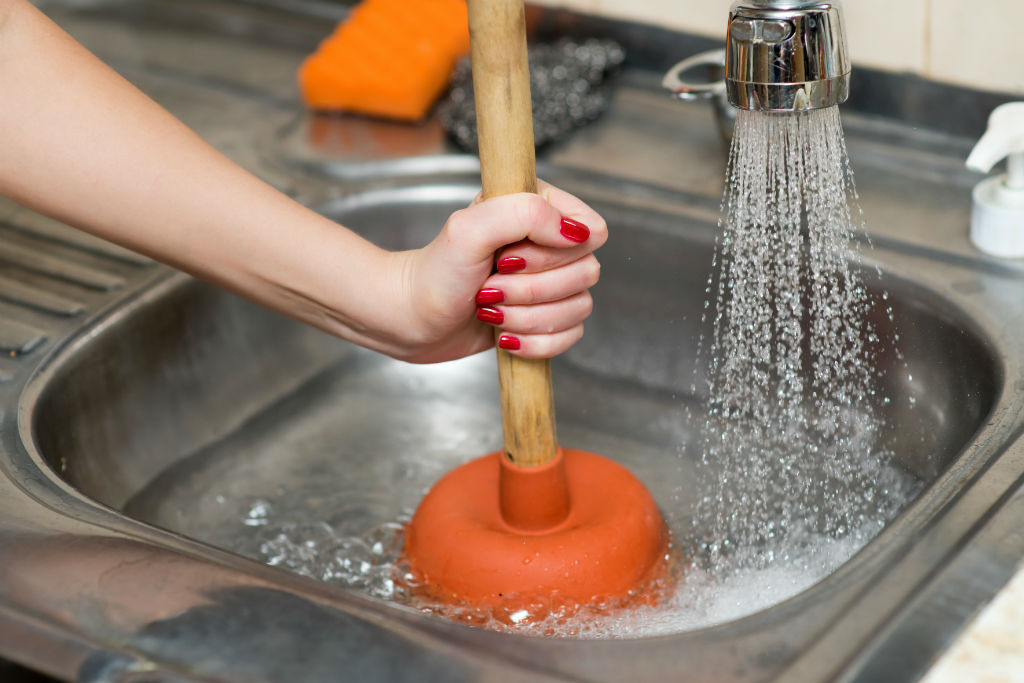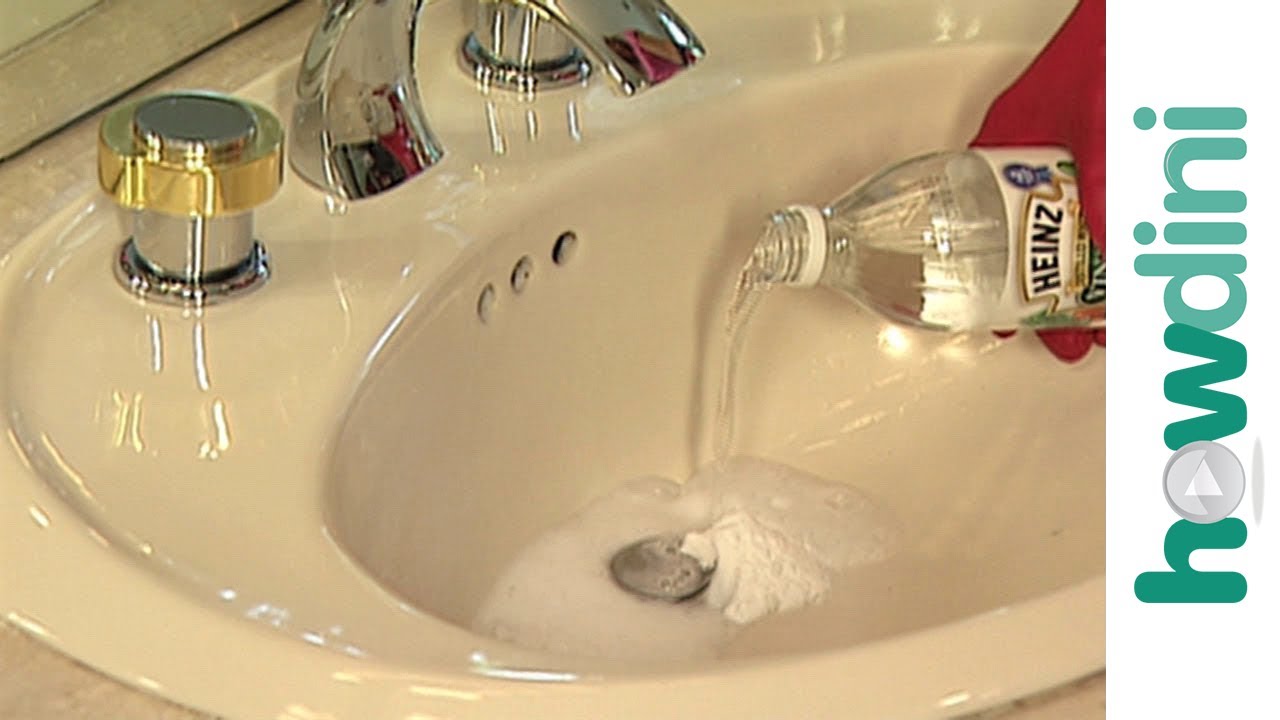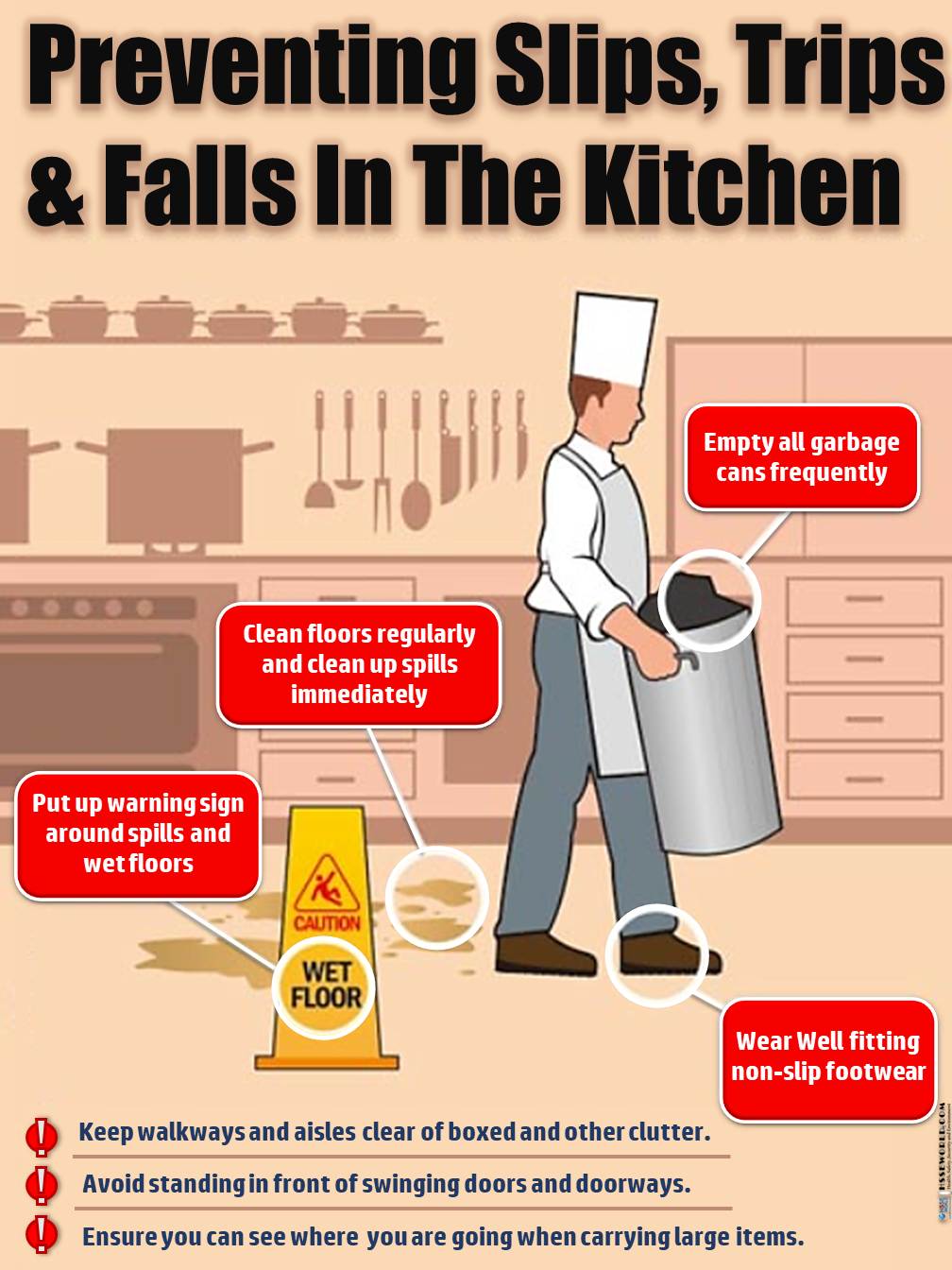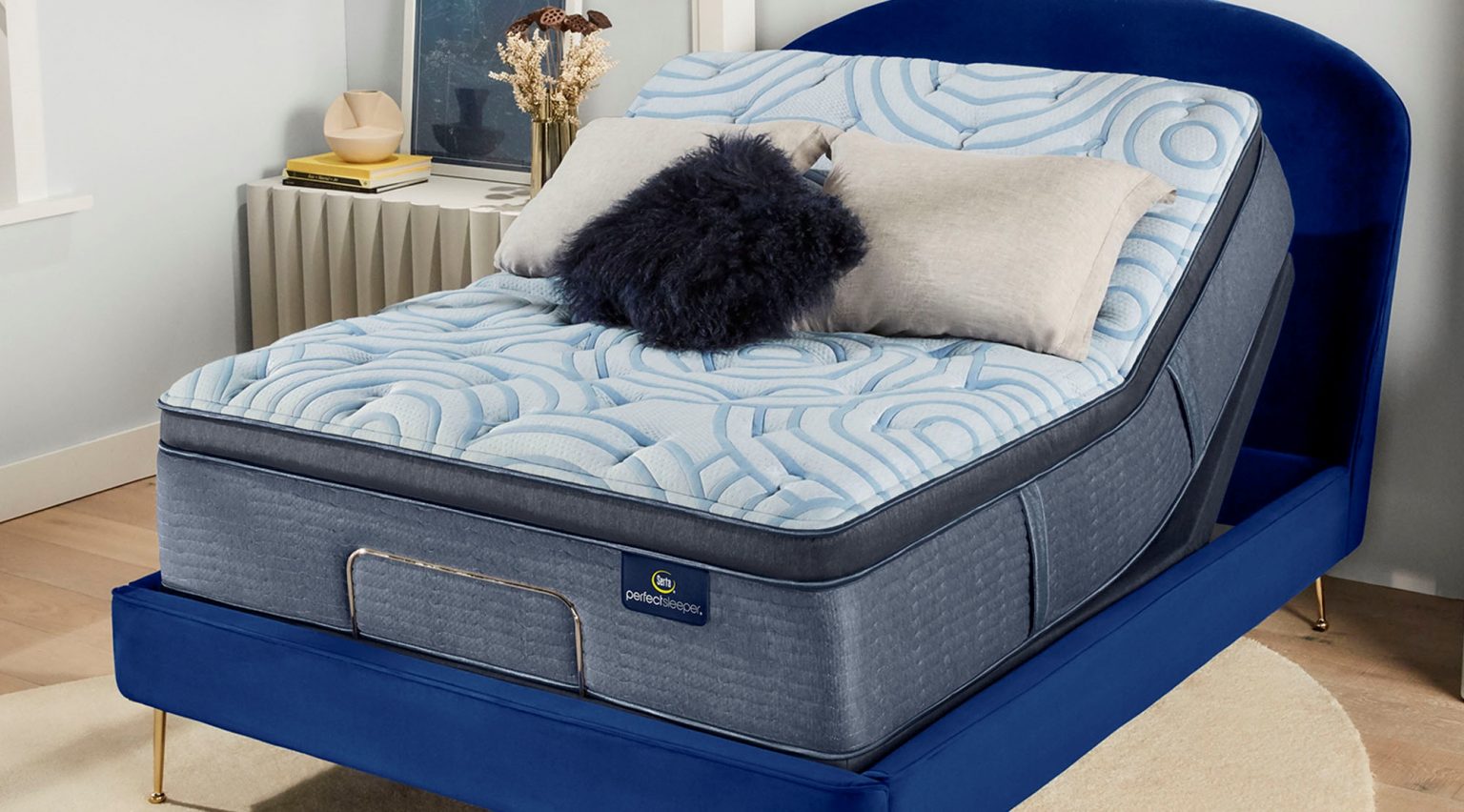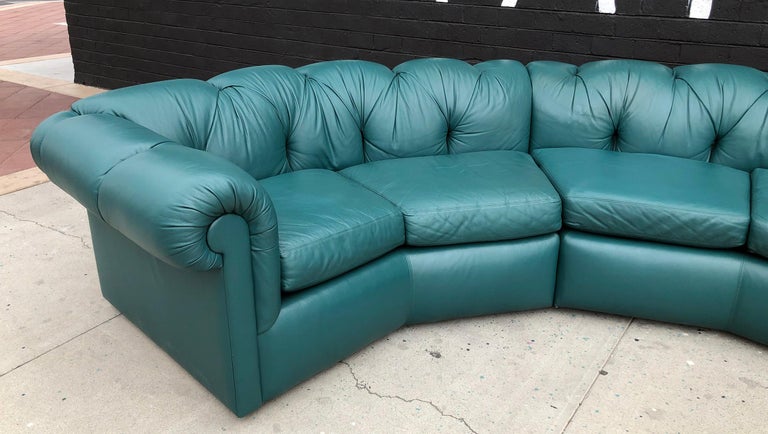1. How to Unclog a Kitchen Sink
If you've ever experienced a kitchen sink that won't drain, you know how frustrating and messy it can be. But fear not, unclogging a kitchen sink is easier than you think! The most common cause of a clogged kitchen sink is a build-up of food particles and grease in the drain. Here's how to fix it:
Step 1: Start by removing any visible debris from the drain, like food scraps or hair. Use a pair of gloves and a paper towel to pull out any larger pieces.
Step 2: If the visible debris doesn't solve the issue, try using a plunger. Fill the sink with enough water to cover the plunger, and then place the plunger over the drain. Push and pull the plunger a few times to create suction and hopefully dislodge the clog.
Step 3: If the plunger doesn't work, try using a mixture of baking soda and vinegar. Pour 1/2 cup of baking soda down the drain, followed by 1/2 cup of vinegar. Let it sit for a few minutes, then pour a pot of hot water down the drain to flush it out.
Step 4: If the baking soda and vinegar method doesn't work, you can try using a drain snake. This tool is designed to reach deep into the drain and remove any blockages. Follow the instructions on the packaging to use it correctly.
Step 5: If all else fails, it's time to call in a professional plumber. They have specialized tools and techniques to unclog even the toughest kitchen sink blockages.
2. DIY Kitchen Sink Clog Fix
Dealing with a clogged kitchen sink can be a hassle, but before you call a plumber, try these DIY methods to fix the issue yourself.
Method 1: Using Boiling Water
Step 1: Boil a pot of water on the stove.
Step 2: Carefully pour the boiling water down the drain in 2-3 stages, allowing it to work for a few seconds before adding more.
Step 3: Wait a few minutes to see if the clog clears. If not, move on to the next method.
Method 2: Salt and Baking Soda
Step 1: Mix 1/2 cup of salt with 1/2 cup of baking soda.
Step 2: Pour the mixture down the drain, followed by boiling water.
Step 3: Let it sit for a few minutes, then flush with hot water.
Method 3: Using a Wet-Dry Vacuum
Step 1: Set your wet-dry vacuum to the liquid setting.
Step 2: Cover the vent with a cloth and place it over the drain.
Step 3: Turn on the vacuum and let it run for a minute or two, creating a strong suction to hopefully dislodge the clog.
3. Easy Ways to Fix a Plugged Kitchen Sink
A plugged kitchen sink can be a major inconvenience, but luckily there are some easy ways to fix it without having to call in a professional.
Method 1: Using Salt and Baking Soda
Step 1: Mix 1/2 cup of salt with 1/2 cup of baking soda.
Step 2: Pour the mixture down the drain, followed by boiling water.
Step 3: Let it sit for a few minutes, then flush with hot water.
Method 2: Using Dish Soap and Hot Water
Step 1: Squirt a generous amount of dish soap down the drain.
Step 2: Boil some water on the stove.
Step 3: Carefully pour the boiling water down the drain, giving it a few seconds to work before adding more.
Step 4: Repeat until the clog clears.
4. Kitchen Sink Plugged? Here's What to Do
When your kitchen sink is plugged, it can be tempting to panic and immediately call a plumber. But before you do, here's what you can try to fix the issue yourself.
Method 1: Using a Plunger
Step 1: Fill the sink with enough water to cover the plunger.
Step 2: Place the plunger over the drain and push and pull a few times to create suction.
Step 3: Check to see if the clog has cleared. If not, try the next method.
Method 2: Using Baking Soda and Vinegar
Step 1: Pour 1/2 cup of baking soda down the drain, followed by 1/2 cup of vinegar.
Step 2: Let it sit for a few minutes, then flush with hot water.
Step 3: If the clog is still there, move on to the next method.
Method 3: Using a Plumber's Snake
Step 1: Follow the instructions on the packaging to use a plumber's snake correctly.
Step 2: Insert the snake into the drain and twist it to help dislodge any blockages.
Step 3: Once the clog has been cleared, run hot water down the drain to flush it out.
5. Quick Fixes for a Clogged Kitchen Sink
Got a clogged kitchen sink but don't have the time to try out all the DIY methods? Here are some quick fixes you can try to unclog it in a pinch.
Method 1: Plunging
Step 1: Fill the sink with enough water to cover the plunger.
Step 2: Place the plunger over the drain and push and pull a few times to create suction.
Step 3: Repeat until the clog clears.
Method 2: Dish Soap and Hot Water
Step 1: Squirt a generous amount of dish soap down the drain.
Step 2: Boil some water on the stove.
Step 3: Carefully pour the boiling water down the drain, giving it a few seconds to work before adding more.
Step 4: Repeat until the clog clears.
6. Unclogging a Kitchen Sink with Baking Soda and Vinegar
Baking soda and vinegar are two common household ingredients that can help unclog a kitchen sink. Here's how to use them together to fix a blocked drain.
Step 1: Pour 1/2 cup of baking soda down the drain.
Step 2: Follow it up with 1/2 cup of vinegar.
Step 3: Let the mixture sit for a few minutes.
Step 4: Pour a pot of hot water down the drain to flush it out.
Step 5: If the clog is still there, repeat the process or try a different method.
7. Using a Plunger to Fix a Clogged Kitchen Sink
A plunger is a handy tool that can help unclog a kitchen sink. Here's how to use it correctly to fix a blocked drain.
Step 1: Fill the sink with enough water to cover the plunger.
Step 2: Place the plunger over the drain and push and pull a few times to create suction.
Step 3: Check to see if the clog has cleared. If not, repeat the process or try a different method.
8. How to Clear a Plugged Kitchen Sink Drain
Got a kitchen sink drain that's completely blocked? Here's how to clear it and get your sink draining properly again.
Method 1: Using a Drain Snake
Step 1: Follow the instructions on the packaging to use a drain snake correctly.
Step 2: Insert the snake into the drain and twist it to help dislodge any blockages.
Step 3: Once the clog has been cleared, run hot water down the drain to flush it out.
Method 2: Using Boiling Water
Step 1: Boil a pot of water on the stove.
Step 2: Carefully pour the boiling water down the drain in 2-3 stages, allowing it to work for a few seconds before adding more.
Step 3: Wait a few minutes to see if the clog clears. If not, try the next method.
9. Natural Remedies for a Clogged Kitchen Sink
If you prefer to use natural remedies, there are a few options available to help unclog a kitchen sink.
Method 1: Salt and Baking Soda
Step 1: Mix 1/2 cup of salt with 1/2 cup of baking soda.
Step 2: Pour the mixture down the drain, followed by boiling water.
Step 3: Let it sit for a few minutes, then flush with hot water.
Method 2: Using a Plunger
Step 1: Fill the sink with enough water to cover the plunger.
Step 2: Place the plunger over the drain and push and pull a few times to create suction.
Step 3: Check to see if the clog has cleared. If not, repeat the process or try a different method.
10. Preventing and Fixing a Plugged Kitchen Sink
The best way to deal with a clogged kitchen sink is to prevent it from happening in the first place. Here are some tips to keep your sink draining smoothly.
Tip 1: Use a Sink Strainer
Install a sink strainer to catch any food scraps or debris before they can go down the drain and cause a clog.
Tip 2: Don't Pour Grease Down the Drain
Grease can solidify and cause blockages in your drain. Instead, pour it into a container and dispose of it in the trash.
Tip 3: Run Hot Water After Use
After using your sink, run hot water down the drain to help flush away any potential build-up.
Tip 4: Regular Maintenance
It's a good idea to do a deep clean of your kitchen sink and drain every few months to prevent any build-up or odors.
With these tips and methods, you should be able to easily fix a plugged kitchen sink and prevent future clogs. Remember, if none of these methods work, it's always best to call a professional plumber for assistance. A clogged kitchen sink may seem like a small issue, but it can quickly become a bigger problem if not taken care of properly. Happy unclogging!
Why a Plugged Kitchen Sink is a Common Household Problem

A kitchen sink is an essential part of any household, used for washing dishes, filling pots, and disposing of food scraps. However, it is also a common place for clogs to form. Kitchen sink plugged is a common phrase used to describe when water is not draining properly due to a blockage. This can be a frustrating and messy problem, but with the right tools and techniques, it can be easily fixed.
Causes of a Plugged Kitchen Sink
:max_bytes(150000):strip_icc()/how-to-unclog-a-kitchen-sink-2718799_sketch_FINAL-8c5caa805a69493ab22dfb537c72a1b7.png)
Understanding the common causes of a plugged kitchen sink can help prevent future clogs. The most common cause is the accumulation of food scraps, grease, and oil in the drain. This can happen when dishes are rinsed or food is disposed of in the sink. Over time, these materials can build up and create a blockage in the pipes. Another common cause is foreign objects, such as utensils or small toys, accidentally falling into the drain and obstructing the flow of water.
Tools and Techniques for Fixing a Plugged Kitchen Sink

When faced with a plugged kitchen sink , the first step is to try and clear the blockage using a plunger. This tool creates suction and pressure to dislodge the clog. If this does not work, a plumber's snake can be used to reach deeper into the pipes and break up the obstruction. Another option is to use a mixture of baking soda and vinegar, which can help dissolve and flush away the blockage. If the clog is severe, it may be necessary to remove the pipes under the sink and physically remove the blockage.
Preventative measures can also be taken to avoid kitchen sink plugged in the future. Avoid pouring grease and oil down the drain, as they can solidify and trap other materials, causing a clog. Use a drain cover to catch food scraps and dispose of them in the trash. Regularly running hot water down the drain can also help prevent build-up in the pipes.
When to Call a Professional
If the above techniques do not work or if the clog is deep in the pipes, it may be necessary to call a professional plumber. They have the tools and expertise to handle more challenging clogs and prevent further damage to your pipes. It is also important to call a professional if you notice any signs of a larger issue, such as slow drainage in multiple sinks or foul smells coming from the drain.
In conclusion, a plugged kitchen sink is a common household problem that can be easily fixed with the right tools and techniques. By understanding the causes of a clog and taking preventative measures, you can avoid this frustrating issue in the future. If the clog persists or there are signs of a larger issue, do not hesitate to call a professional for assistance.





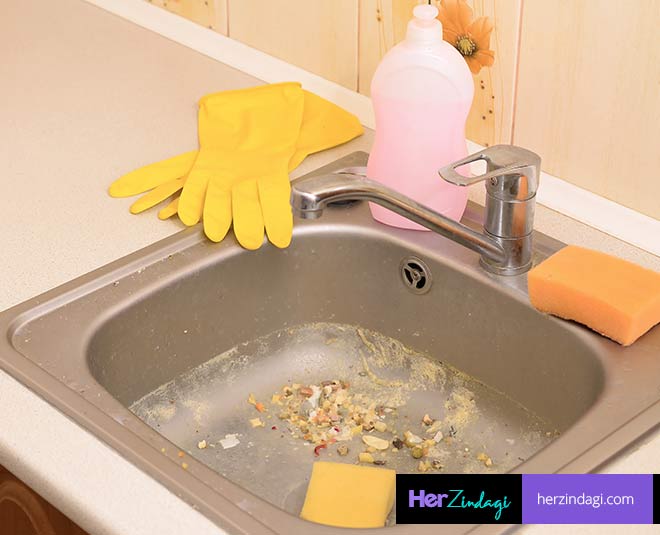

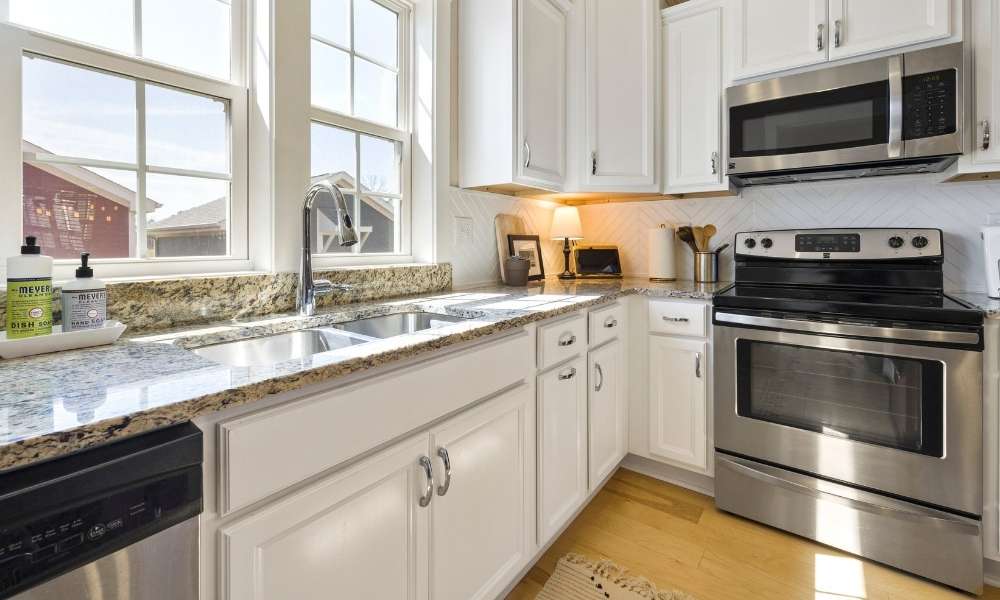


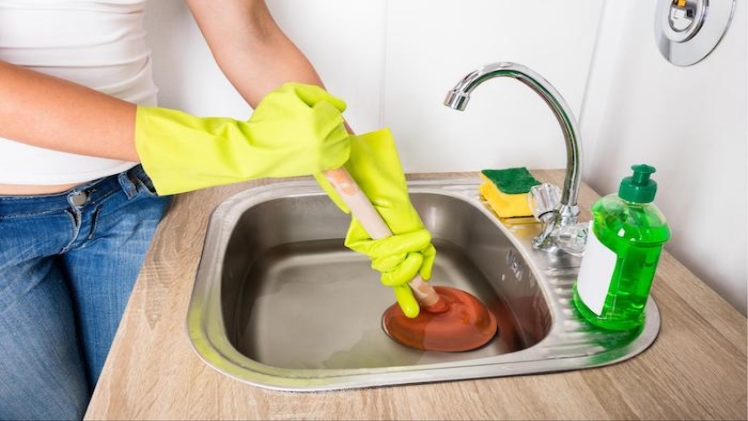





















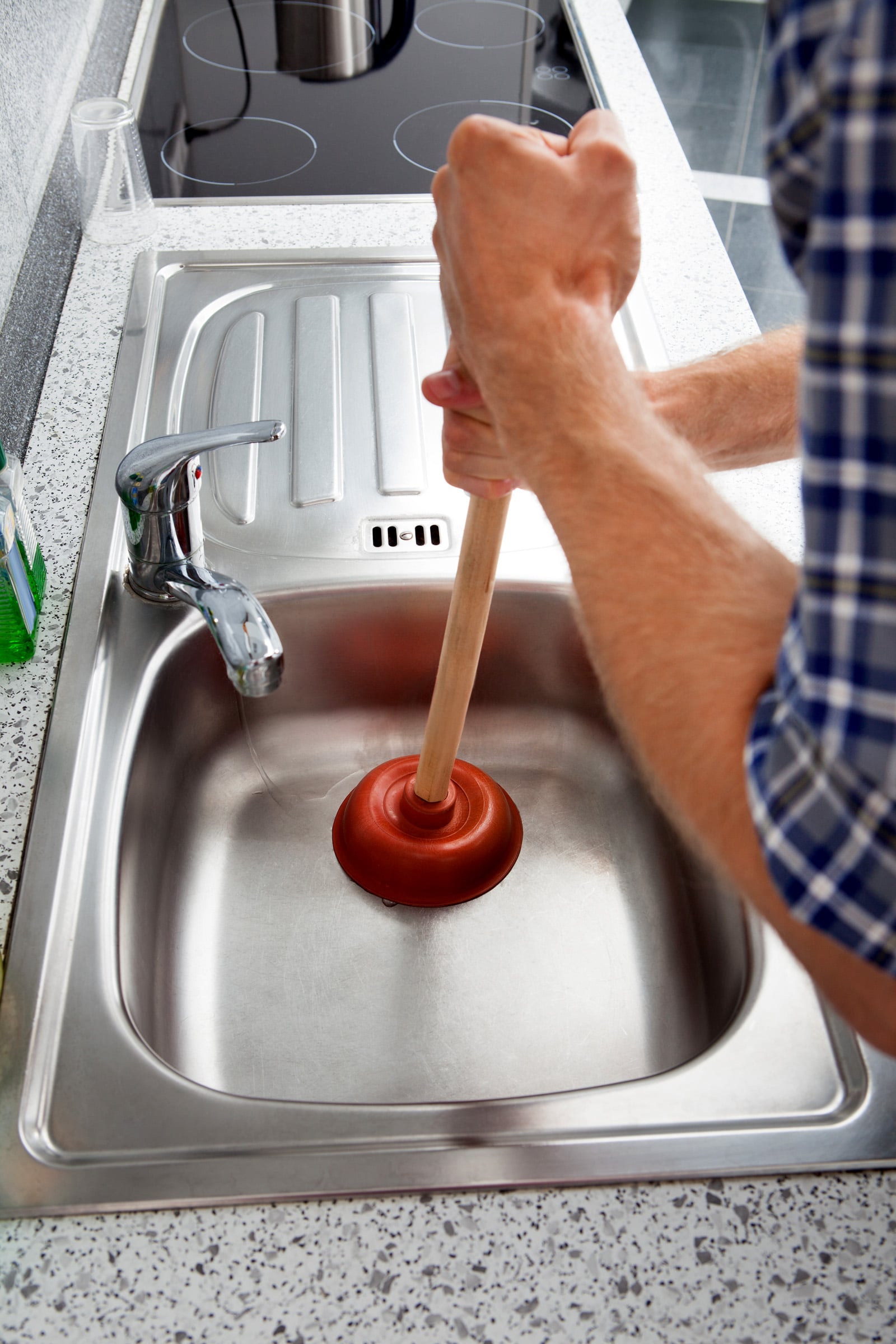










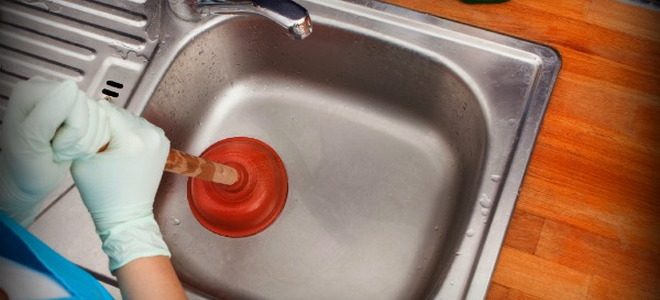






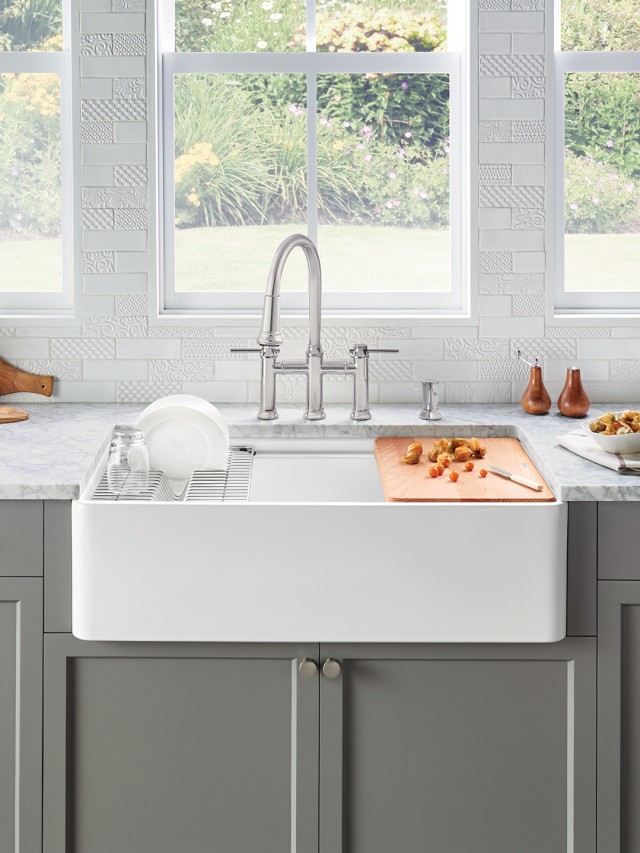


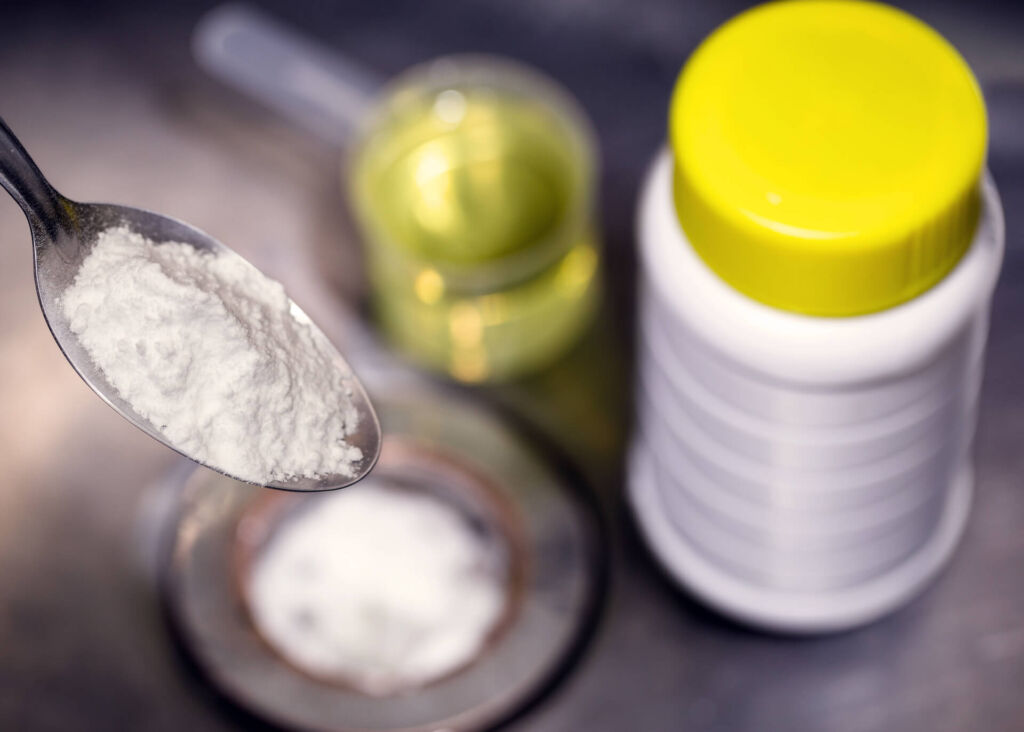


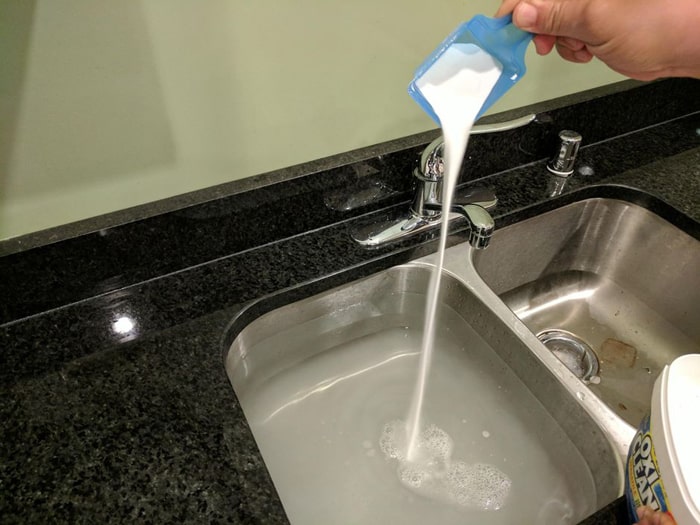

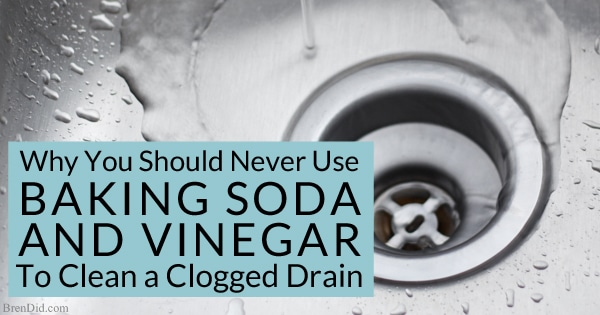








:max_bytes(150000):strip_icc()/how-to-install-a-sink-drain-2718789-hero-24e898006ed94c9593a2a268b57989a3.jpg)


